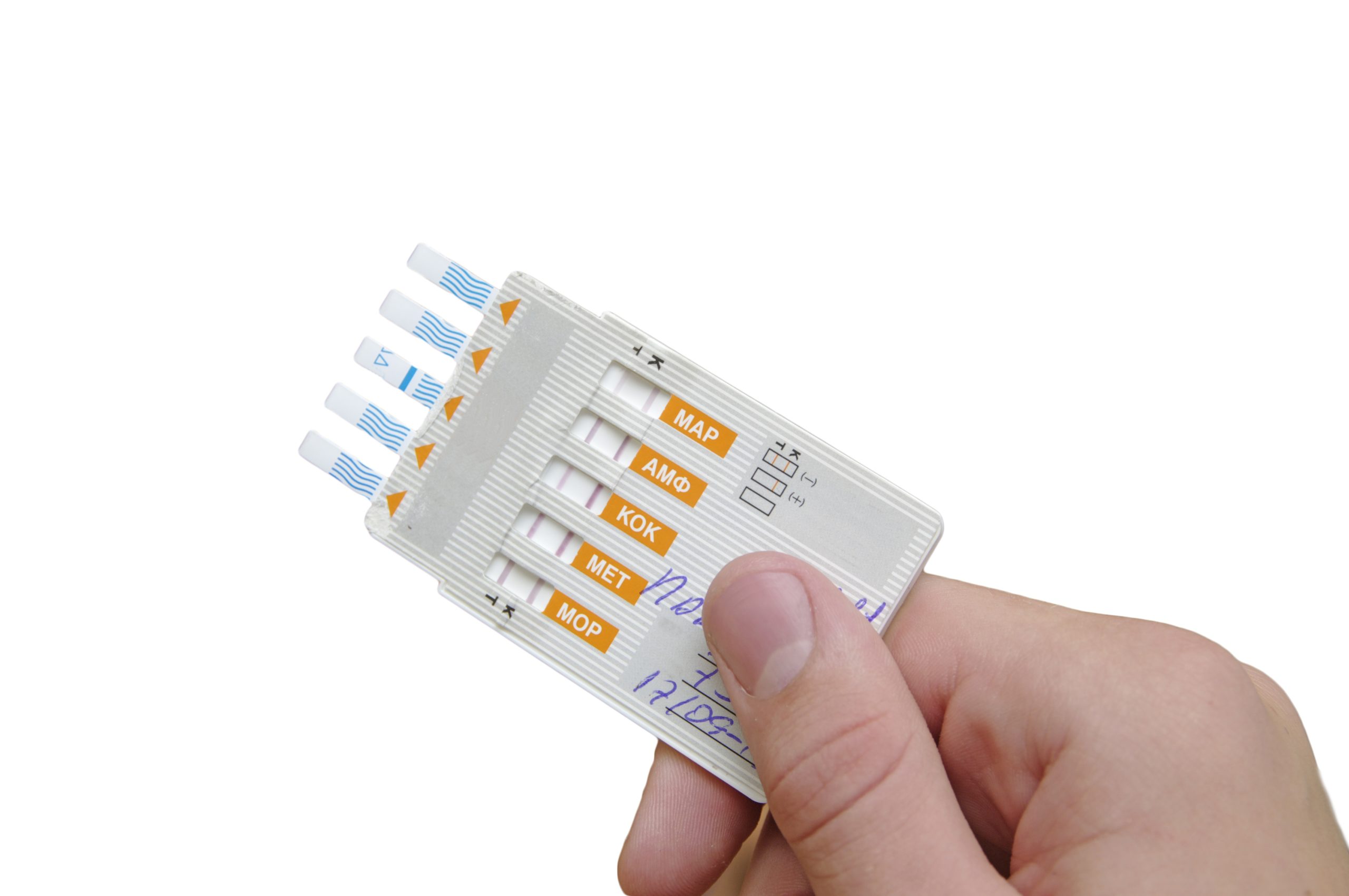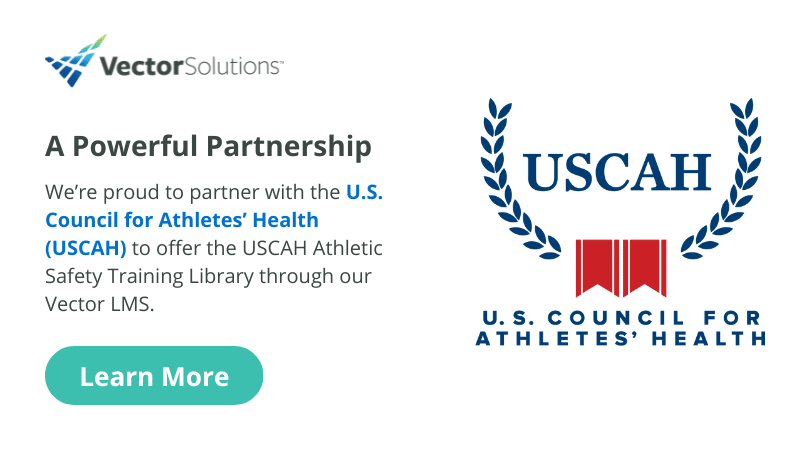September 15, 2015 4 min read
Understanding DOT drug and alcohol testing regulations
Industry:
Solution:
Editor’s note: This post was originally published in September 2015 and was completely revamped and updated in July 2018 for accuracy and comprehensiveness.
The Department of Transportation (DOT) mandates that all individuals employed in safety-sensitive positions within the transportation industry are subject to workplace drug and alcohol testing.
The DOT defines a safety-sensitive worker as someone who holds a job that can impact both their own safety and the safety of the public. Some of these safety-sensitive duties include operating a train or ferry, working on pipelines, working on a flight crew, or fixing an airplane.
Commercial Driver’s License (CDL) holders who operate Commercial Motor Vehicles (CMVs), vehicles that carry 16 passengers or more (including the driver), or vehicles that transport hazardous materials are also considered safety-sensitive employees. It should be noted that drug and alcohol testing is a separate mandate from the DOT inspection required every year.
How can safety-sensitive employees comply with DOT drug and alcohol regulations?
Safety-sensitive workers must follow certain rules in order to comply with federal safety regulations within their industry, including:
- Not reporting to work, or performing any safety-sensitive functions, while either under the influence, or in possession, of alcohol or illicit drugs.
- Not using alcohol within four hours of reporting to work. If an employee is a flight crew member or flight attendant in particular, they must not use alcohol for eight hours before reporting to work.
- Not using any controlled substances (unless prescribed by an authorized medical practitioner) while on duty.
- Not refusing to submit to drug or alcohol testing.
- And finally, not adulterating or substituting a testing specimen. This will be considered as a refusal to test.
What do DOT tests screen for?

DOT drug tests use a 5-panel test that screens for the following substances:
- Marijuana metabolites/THC
- Cocaine metabolites
- Amphetamines (including methamphetamine, MDMA)
- Opioids (including codeine, heroin (6-AM), morphine, hydrocodone, oxycodone, hydromorphone, and oxymorphone)
- Phencyclidine (PCP)
DOT-regulated drug screening must use urine samples for testing.
When must employees undergo drug and alcohol testing?
All new hires are required by law to undergo drug testing. Current employees are also subject to random drug and alcohol testing and must concede to any test requested by their supervisor due to any suspicion of substance abuse. For example, workers who frequently appear to be subject to driver fatigue may be requested to undergo drug testing. If these individuals are involved in an accident meeting specific criteria of the DOT, they must undergo a post-incident test as well.
What happens when an employee fails DOT testing?
If an employees tests positively, DOT regulations require employers to immediately remove them from performing any DOT safety-sensitive job. Depending upon company policy, there may be other consequences such as the loss of a certification or license.
To return to their safety-sensitive tasks, workers must complete return-to-duty drug and alcohol testing. As part of this return-to-duty testing, employees may be subject to unannounced testing that can be conducted at least 6 times in their first 12 months of re-employment. These tests must be conducted under direct observation.
After an employee successfully passes return-to-duty testing, a Substance Abuse Professional (SAP) will provide an evaluation and provide recommended next steps for the employee to complete, which can include training, counseling, treatment, follow-up tests, and aftercare.
Am I required to train my employees on drug and alcohol abuse?
The DOT does not require employees to be trained on drug and alcohol abuse, but many employers recognize that training employees are drug and alcohol abuse is good practice. The DOT, however, mandates training for managers and supervisors on drug and alcohol abuse. For example, FMCSA requires that all supervisors , designated to supervise CDL drivers, undergo a one-time 2-hour training requirement including alcohol misuse training and controlled substance use training.
IndustrySafe software provides online training for both supervisors and employees on drug and alcohol abuse. To learn how Vector Solutions’ safety training software can help you and your workforce with drug and alcohol training as well as additional safety training, visit our website or contact us today for more information.









